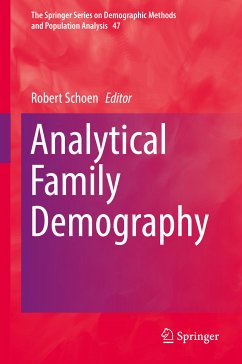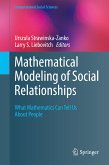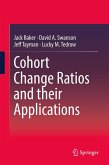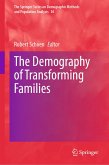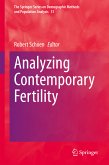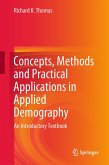In this book new mathematical and statistical techniques that permit more sophisticated analysis are refined and applied to questions of current concern in order to understand the forces that are driving the recent dramatic changes in family patterns. The areas examined include the impact of the evolving Second Demographic Transition, where complex patterns of gender dynamics and social change are re-orienting family life. New analyses of marriage, cohabitation, union dynamics, and union dissolution provide a fresh look at the changing family life cycle, emerging patterns of partner choice, and the impact of union dissolution on the life course. The demography of kinship is explored, and the importance of parity progression to the generation of the kinship web is highlighted. The methodology of population projections by family status is examined, and new results presented that demonstrate how recognizing family status advances long term policy objectives, especially with regard to children and the elderly. This book applies up-to-date methods to examine the demography of the family, and will be of value to sociologists, demographers, and all those who are interested in the family.
Dieser Download kann aus rechtlichen Gründen nur mit Rechnungsadresse in A, B, BG, CY, CZ, D, DK, EW, E, FIN, F, GR, HR, H, IRL, I, LT, L, LR, M, NL, PL, P, R, S, SLO, SK ausgeliefert werden.

